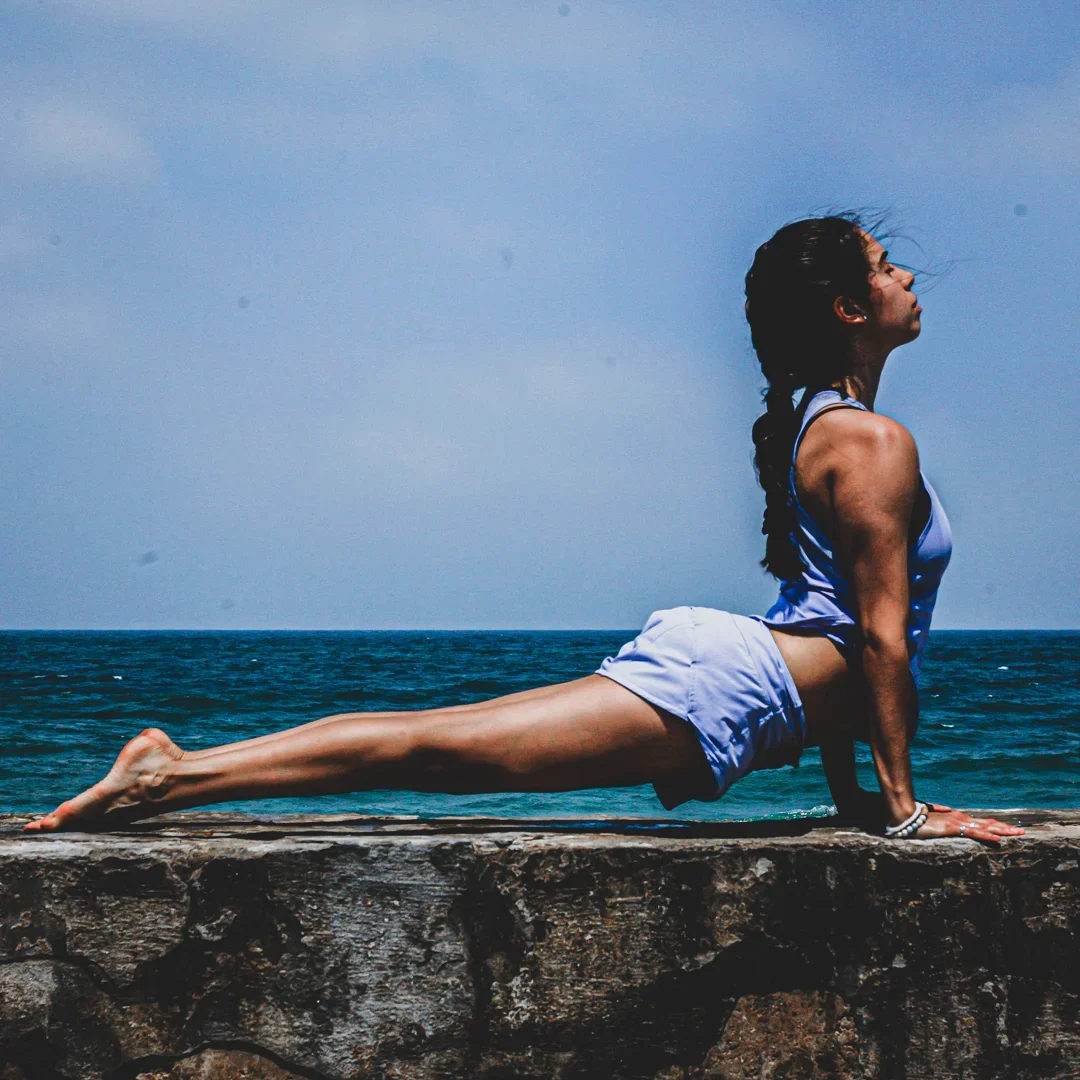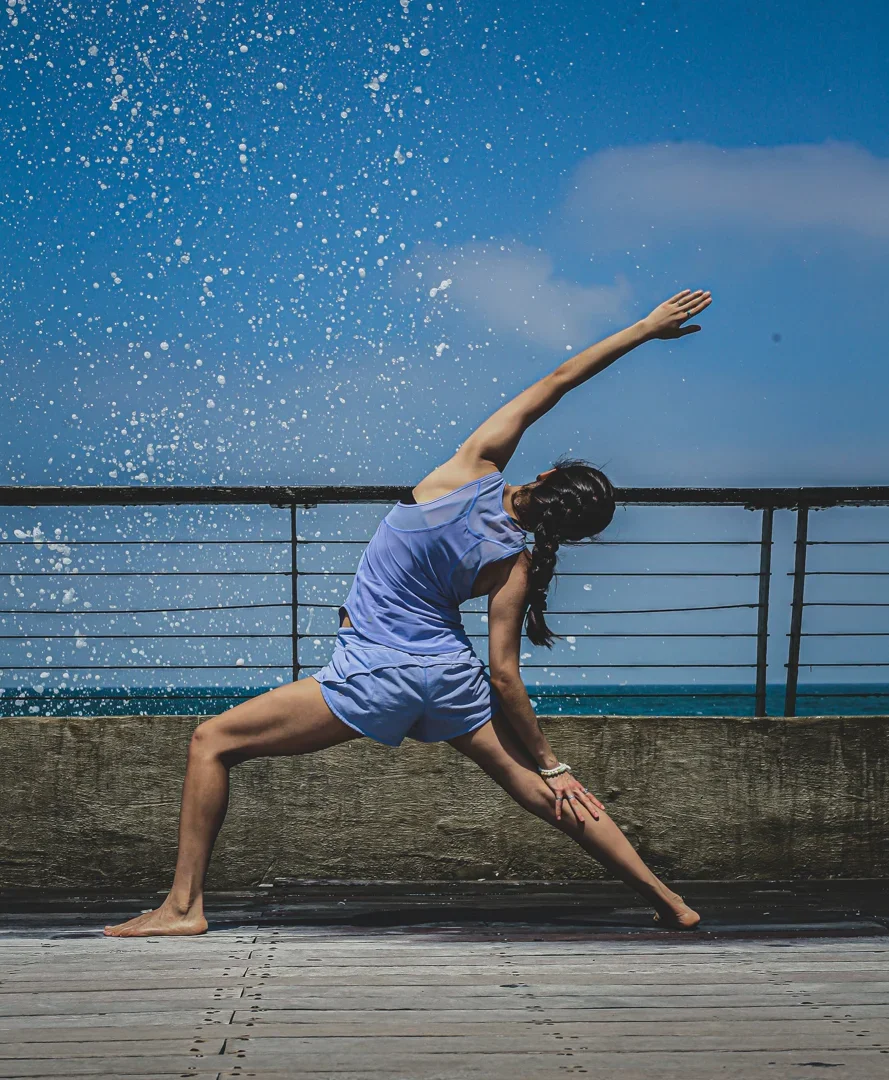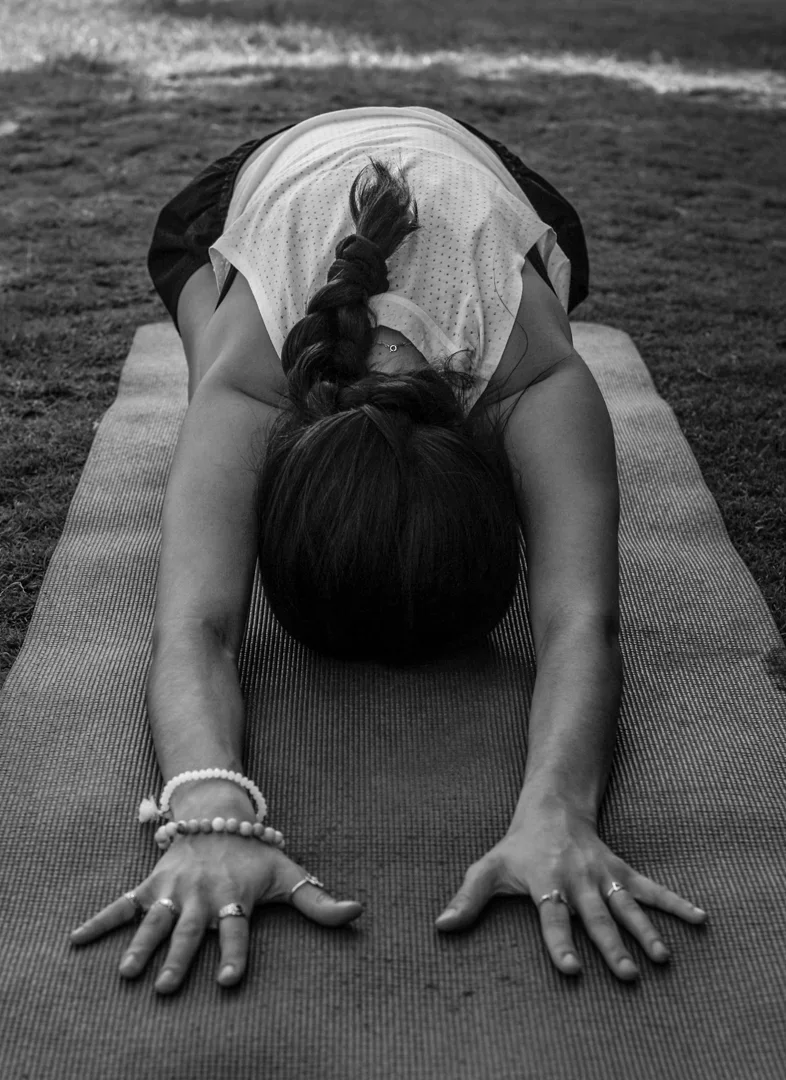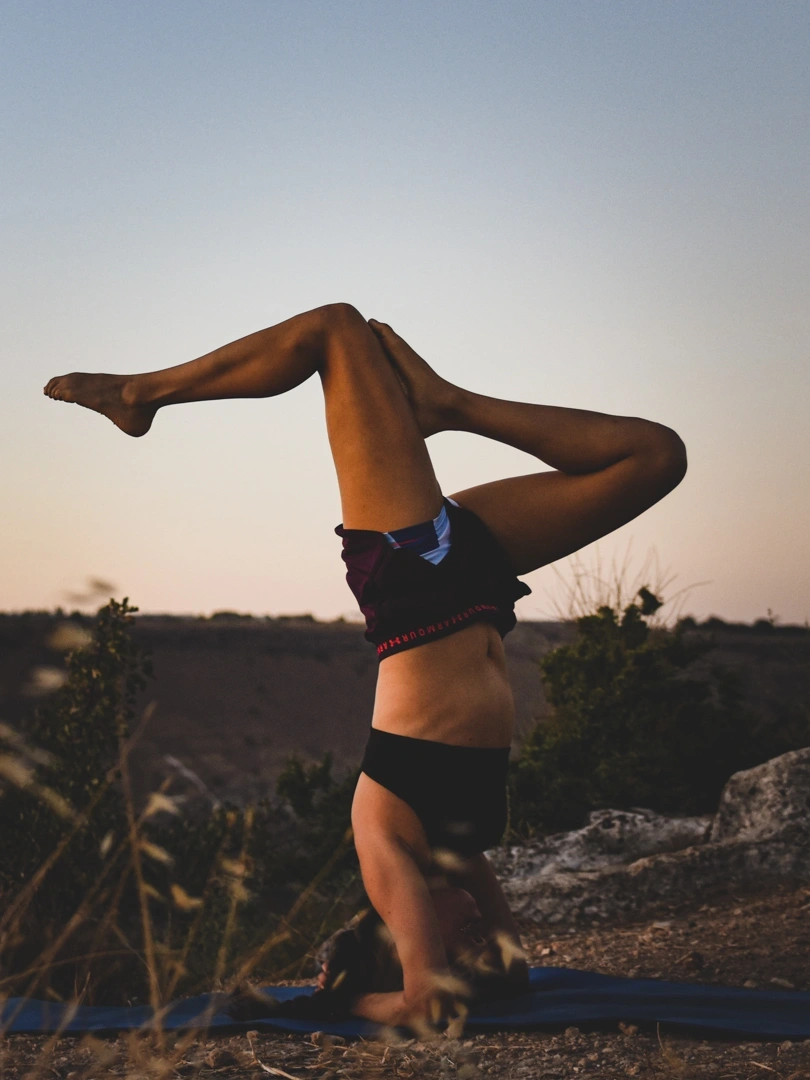Chakras, Part II
In my previous post, I covered the first three chakras which govern survival instincts, pleasure, and willpower. This post will explore the following four chakras, which are more spiritual in nature and govern love, self-expression, intuition, and higher consciousness.
Anahata

Anahata, the Heart Chakra, represents the integration between the 3 lower “physical” chakras with the 3 higher more spiritual chakras.
Anahata is the center for nurture - universal love for ourselves and others, compassion, kindness, and acceptance. As this chakra is activated, feelings of universal tolerance develop and we become able to accept & love others for what they are, not for what we wish they were.
When Balanced: We become able to experience compassion - meaning that your experience with people is more based on harmony & relatedness than conflict & separation. When your Heart Chakra is aligned, you experience an abundance of empathy, selfless love, and general good vibes - in terms of both putting it out into the universe and receiving it back.
When Overactive: We can lose a sense a personal boundaries “in the name of love” and start to prioritize someone else’s needs over our own - this is why it’s crucial to stay self aware and remember to check in with yourself about how you feel in your relationships (romantic, friends, and family).
When Underactive: We tend to feel closed-off, defensive, fearful of betrayal, and “put up walls.” Hatred towards yourself and others also signals to a closed off Heart Charka - especially in the form of holding grudges. What’s important to consider is that harboring negative feelings only cuts you off from giving love to the universe and receiving it in return. Ultimately, working towards the ability to trust others again is emotional empowerment and this is what balancing the Heart Chakra is all about.
To Balance: Treat yourself exactly how you want to be treated and only give energy to relationships where you are treated this way. Spread compassion, respect, and love. Practice self care. Make sure that you’re open to receiving love but that most importantly that you’re receiving it from yourself.
Activating Poses:
Poses that open the chest and shoulders such as Camel, Upward-Facing Dog, and all backbends energize the Heart Chakra.
Vishuddhi

Vishuddhi, the first of the three spiritual chakras, is located at the throat center where nurturance (food and air) is taken into the body. Also called the Throat Chakra, energy focused here is related to receptivity and self-expression - taking what is given to you by the universe, and being able to truly listen as well as express yourself with clarity.
When Balanced: We are able to speak with clarity and express our truths, able to “read” situations, and feel in tune with our own intentions.
When Overactive: An overactive Throat Chakra manifests in behaviors such as raising one’s voice & interrupting as a result of feeling ignored or invalidated, as well as “loving to hear oneself speak.” A mindfulness habit that can build on correcting this type of imbalance is to pay attention before you speak; consciously ask yourself if what you’re about to say is true/necessary/kind.
When Blocked: Ever heard the phrase “You’ll feel much better once you talk about it”? A blocked Throat Chakra can lead to feelings of neediness, difficulty making decisions, and a general lack of confidence to ask for what you need. This type of imbalance can physically manifest as thyroid issues, throat pain, neck & shoulder stiffness, and tension headaches as the energy is sent back down to lower charkas (the connection between emotional imbalances & disease is a fascinating topic which will be more deeply explored in a future post).
To Energize: Practice expressing emotions even when alone (it’s a start!) Receive your own truth! This will slowly help build the confidence needed to speak your mind and express yourself in more intimidating circumstances.
Activating Poses:
Poses that energize and balance the Throat Chakra focus on the neck and throat area, including: neck stretches, Cat/Cow, Plow Pose & Shoulderstand.
Ajna

Ajna, the “Third Eye” chakra, is physically located in between the eyebrows and regulates certain parts of the brain, the eyes, and the pituitary gland (which plays a major role in regulating vital body functions.) Ajna’s element is the mind; the center of wisdom, intuition, imagination, and visualization. When energy is focused here, we become able to think with clarity & trust our own intuition – the sense of being drawn to something that’s in our best interest despite our conscious mind’s hesitation.
The Third Eye is the bridge between you and the outside world, and focusing energy on it allows you to cut through the drama and mirages and see things for what they are.
When Balanced: We feel insightful, self-aware, and equally in tune with the internal & external world. We become able to “see with our third eye,” relating to our surroundings as observers rather than experiencers.
When Blocked: We feel out of touch with reality and disconnected from ourselves, have difficulty trusting our own intuition, and therefore have difficulty making decisions and “seeing the bigger picture”.
To Energize: Practice focusing on and trusting your own intuition, devote time to quiet solitary meditation and limit exposure to situations that make you feel depleted. Try to consider honestly what is currently making you happy and what isn’t.
Activating Poses:
Wide-Legged Forward Fold, an accessible inverted position, provides an instant shift in perception. Letting your forehead come into contact with the floor (or a block) and staying in the position for 1-2 minutes stimulates the Third Eye Chakra and helps build confidence to trust your own instincts. Child's Pose, an even more accessible position, provides then same benefits.
Saharsara

Located at the crown of the head, “The Crown Chakra” represents our spiritual being. This is the point where individual consciousness merges with higher consciousness, universal knowledge and truth enter the body, and we become able to move past the physical and connect to what’s beyond the tangible experience.
When Balanced: We connect our “higher selves” and achieve liberation from suffering & death. The journey of attempting to balance Saharsara will naturally balance the other chakras, and is called BEING HUMAN.
To Balance: The best way to begin is by learning about each chakra and what is represents - balancing the first 6 chakras are part of the journey to a balanced Saharsara. Choosing one or two that you identify with, and explore. Use the information to energize, strengthen, balance, and learn more about yourself.
Activating Poses:
Vriksasana (Tree Pose) initiates the flow of energy from the root of your body to the top of your head, aligning the chakras and calming the mind (as well as improving balance, posture, and alertness).
It's Not All or Nothing
Yes, the chakras work as a system to interact and influence one another. But even by starting with a focus on one center of energy within yourself, you can begin to figure out if there’s something in your life that is leading to an imbalance.
Learning more about the chakras can also help connect the dots between physical, emotional, psychological, and spiritual imbalances we all experience. And once that connection is made, we can understand how to go about treating those imbalances in order to feel more in tune with ourselves and with our surroundings.
Comments
This is so informative! I’ve been wanting to learn more about chakras 🧘♀️
Thank you so much, I’m so happy you found it informative - learning about the chakras is such a fascinating & wonderful approach to reflecting inward! Excited for you ❤️